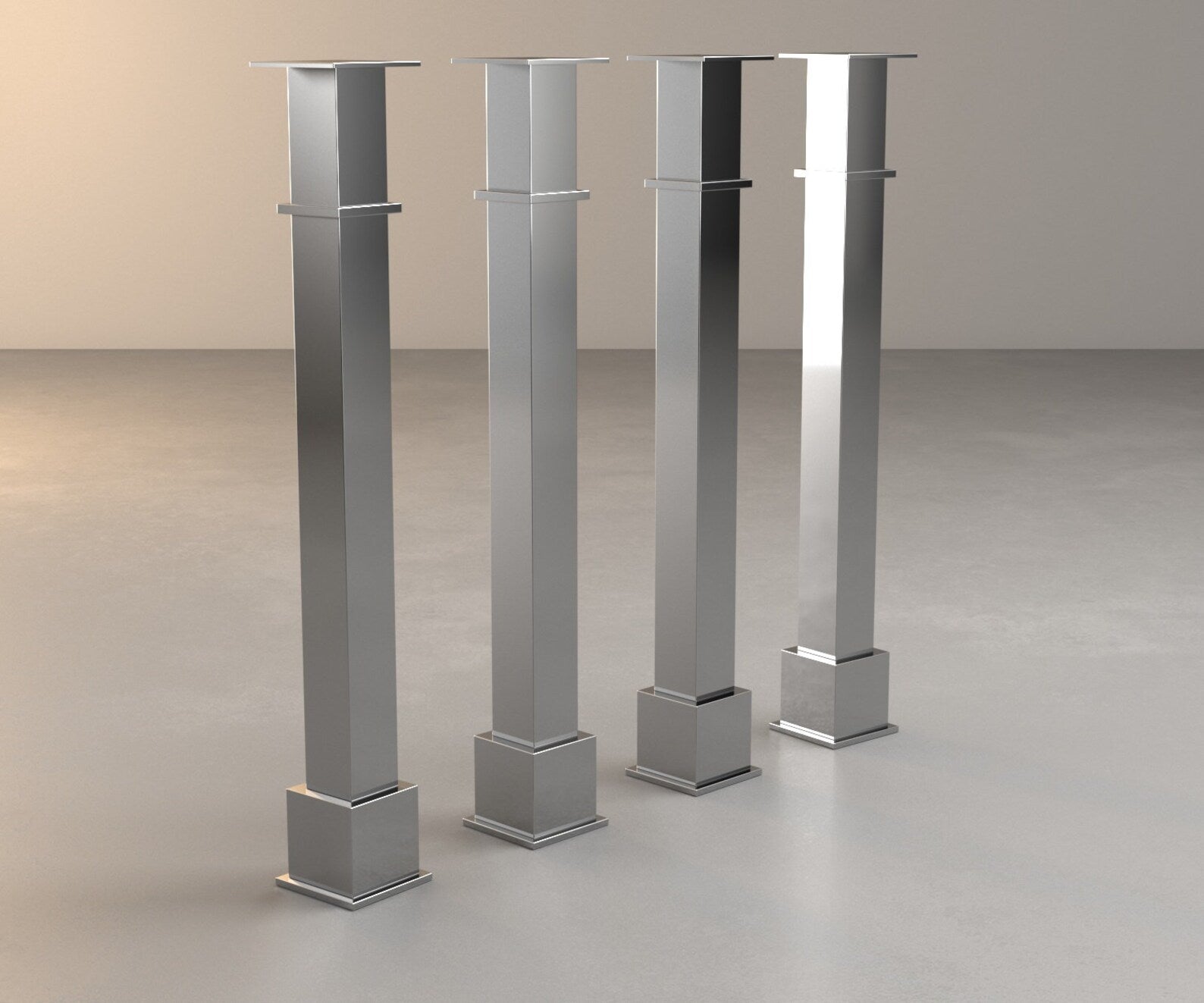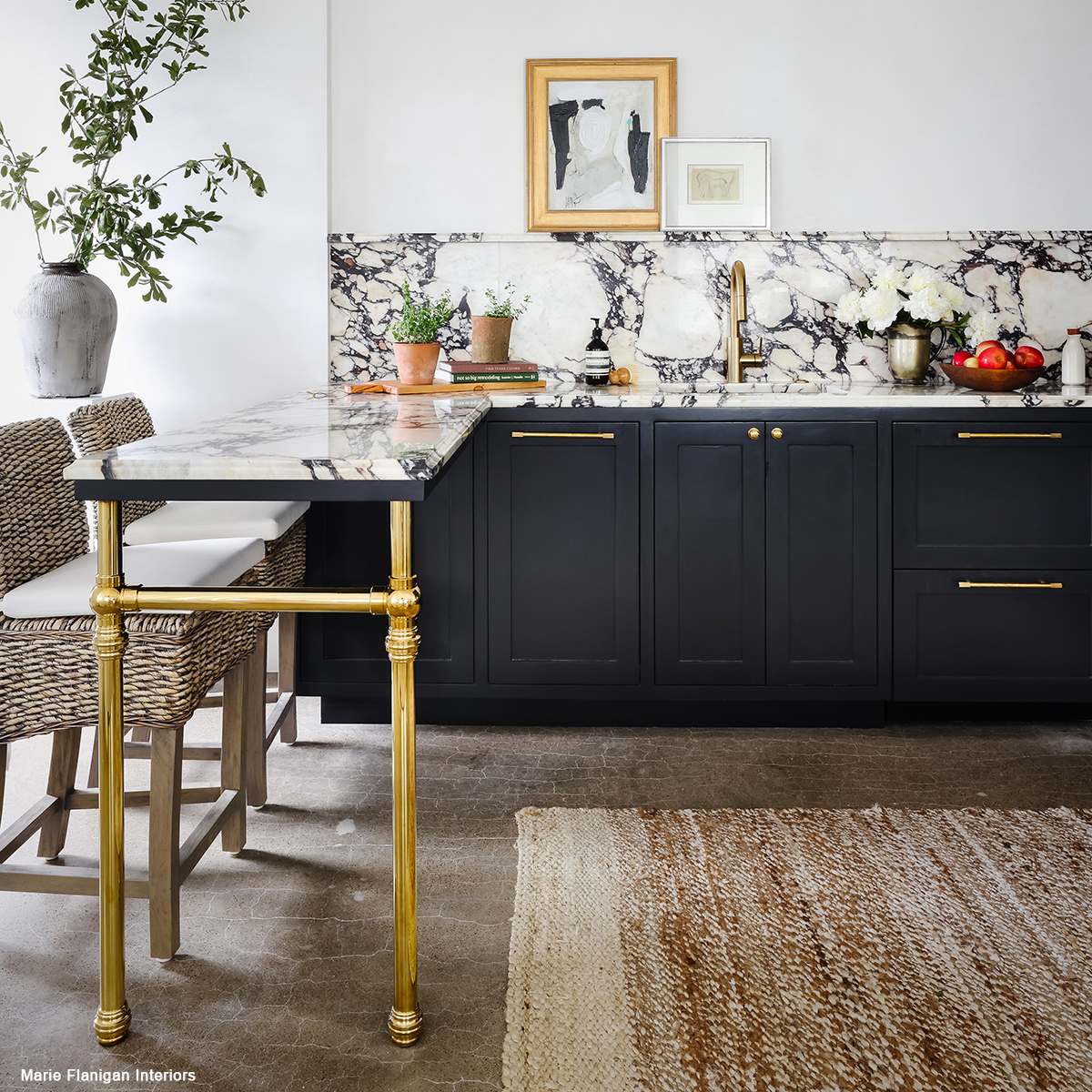Necessary Aspects to Think About When Choosing Legs For Kitchen Area Island
Choosing the suitable legs for a kitchen island entails a careful analysis of numerous aspects that can substantially affect both performance and aesthetic allure. Amongst these, the option of material plays a pivotal duty in making sure toughness, while the style should enhance the existing style. Considerations such as elevation and weight support are essential for security and comfort. As we discover these aspects, it comes to be clear that each choice can have far-reaching effects for the overall cooking area experience. What nuances should be taken into consideration in each of these classifications to achieve the excellent balance?
Product Options
When picking legs for a kitchen island, comprehending the numerous material options is crucial for attaining both aesthetic charm and architectural integrity (Legs For Kitchen Island). The choice of material dramatically affects not only the sturdiness of the island yet likewise its total design and functionality
Metal legs, frequently made from stainless steel or wrought iron, add a modern-day and commercial feeling while ensuring resilience and stability. These products are resistant to use and can sustain considerable weight, making them excellent for bigger islands.
Another choice is crafted products, like MDF or plywood, which can be more cost-efficient while still providing a variety of finishes. Nevertheless, they may not offer the exact same level of stability as strong wood or metal. Materials such as acrylic or glass can produce a modern look, though they may need extra support to make certain stability.
Eventually, the selection of product for kitchen area island legs ought to align with the desired capability and the general theme of the cooking area.
Design And Style

When considering design, the shape and surface of the legs are vital. Conical legs can offer a feeling of lightness and style, while thicker, extra durable legs can convey toughness and security. Furthermore, the coating-- be it painted, discolored, or all-natural-- ought to enhance the cabinetry and counter top products to create a unified look.
In addition, the design of the legs can likewise mirror individual taste. Custom-made or attractive legs, such as those featuring elaborate makings or one-of-a-kind geometric shapes, can work as prime focus, including personality and personality to the kitchen area. Eventually, the appropriate choice will not only improve performance yet additionally boost the aesthetic appeal, making the kitchen island a standout function of the home.
Height Considerations
Selecting the ideal elevation for kitchen area island legs is important, as it directly impacts both capability and convenience. The conventional height for a kitchen island typically varies from 36 to 42 imp source inches, lining up with common kitchen counter heights.

It is also necessary to make up individuals' elevations and preferences. Tailoring the height can ensure a comfy experience for all family participants, making the kitchen island a much more enjoyable and practical space.
Weight Assistance
Ensuring appropriate weight support for kitchen area island legs is vital for both security and capability. The kitchen island usually serves several objectives, including cooking, eating, and additional storage space, necessitating a robust assistance framework. When selecting legs, it is important to take into consideration the overall weight capability called for based upon the island's intended use and the products that will certainly be put on it.
The choice of material for the legs plays a substantial duty in their weight-bearing capabilities. Solid wood, steel, and sturdy compounds generally offer remarkable toughness contrasted to lighter products. Additionally, the design of the legs-- whether they are straight, tapered, or have a pedestal type-- can influence their capability to disperse weight successfully throughout the framework.
In addition, the leg positioning need to be strategically planned to enhance stability. Legs placed at the edges or with a bigger base can much better sustain larger lots. Constantly get in touch with the supplier's requirements pertaining to lots restrictions to make certain that the legs can maintain the designated weight without jeopardizing security. In summary, selecting cooking area island legs with ample weight assistance is vital for producing a useful and secure culinary space.
Installment and Maintenance
Appropriate installment and maintenance of kitchen area island legs are essential for ensuring durability and security. This often involves protecting the legs to the island base making use of appropriate fasteners, guaranteeing that the legs are degree and straightened.
As soon as installed, regular maintenance is needed to maintain the honesty and look of the legs - Legs For Kitchen Island. For wood legs, periodic cleaning with a wet towel and application of ideal wood polish can prevent moisture damages and keep their coating. Metal legs may require a mild cleaning remedy to remove oil and grime, followed by a completely dry cloth to stop rust formation
Additionally, evaluate the legs regularly additional hints for indications of wear or damage, such as splits or loose joints. Tightening up screws or screws as needed can likewise prolong the life-span of the legs. By adhering to these installment and maintenance techniques, house owners can ensure that their cooking area island remains tough and visually appealing for several years to come.
Verdict

Aesthetic comprehensibility is paramount in selecting the style and style of legs for a cooking area island, Get the facts as these elements significantly influence the general setting of the room. Conical legs can provide a sense of lightness and sophistication, while thicker, extra durable legs can share toughness and security.Choosing the appropriate height for kitchen island legs is important, as it straight affects both capability and convenience. In recap, choosing cooking area island legs with ample weight assistance is crucial for developing a secure and useful cooking area.
In final thought, choosing legs for a kitchen area island necessitates careful consideration of numerous variables, consisting of material choices, style, elevation, weight assistance, and installment.